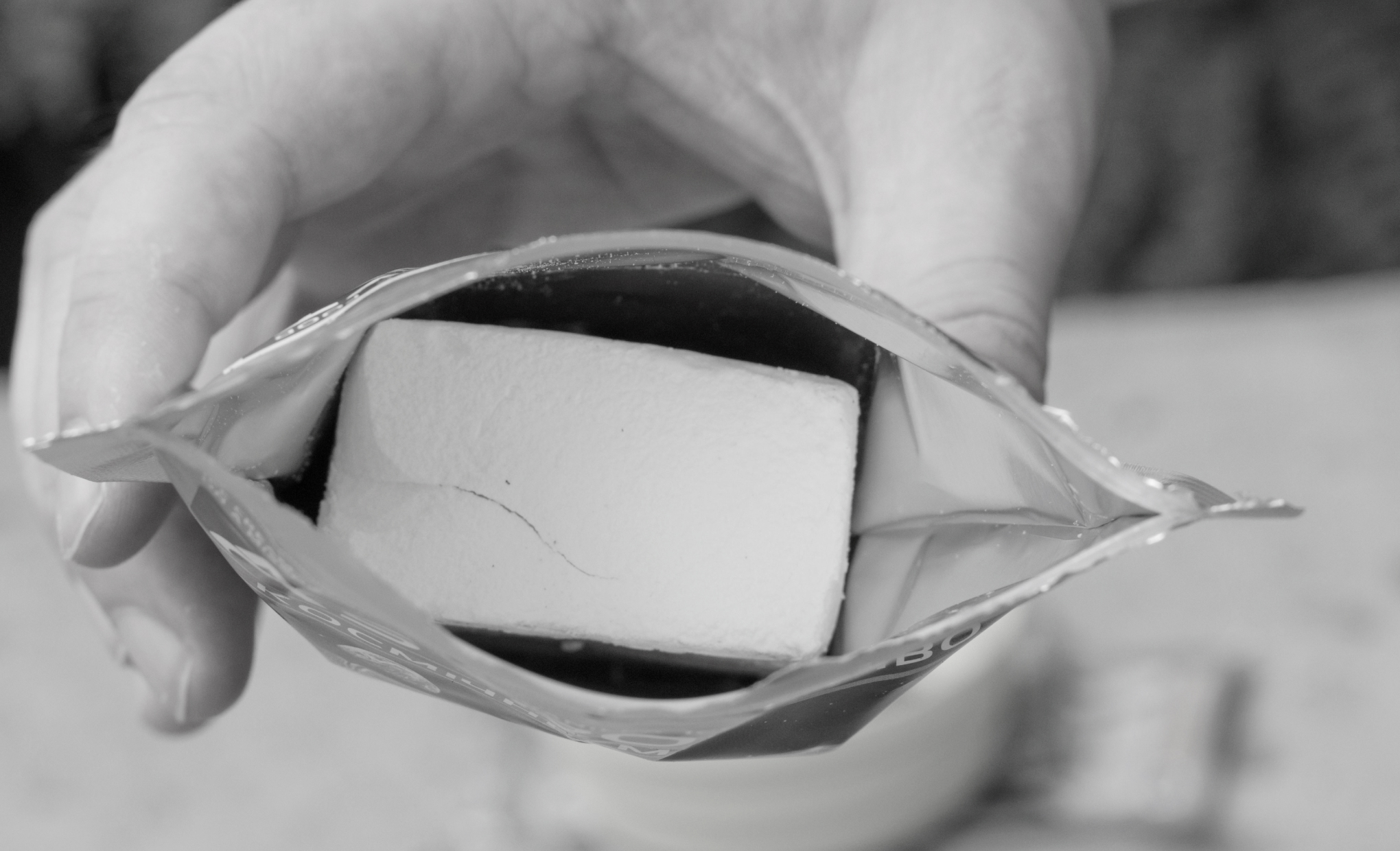The story starts in the late 1970s, when Ron Smith, the founder of American Outdoor Products (a company specializing in food for backpackers) got a message from one of his manufacturing contractors. Goddard Air and Space Museum had contacted them and said that freeze-dried ice cream had been used by the space program, so they wanted to make some to sell in their gift shop. The first attempt was messy (it involved half a gallon of frozen Neapolitan ice cream and a bandsaw) but eventually, they got the formula right. Today, the freeze-dried Neapolitan astronaut ice cream is packaged neatly in small bars and sold in ice cream sandwich form. (Vanilla and banana split flavors are also available.) Astronaut ice cream is frequently sold at many American museums and at large theme parks, including Walt Disney World. The original freeze-dried ice cream is currently sold under the name Astronaut Foods, but it’s worth noting that this version of the treat was likely never consumed in space. (Freeze-dried ice cream destined for space was developed for NASA ahead of the 1968 Apollo 7 mission, but it’s not clear it if ever got there; the texture was likely too crumbly, posing a threat to vital equipment.) Notably, it’s also no longer the only freeze-dried ice cream on the market. One big competitor is Cosmik. This artisanal version of astronaut ice cream was invented in 2016 by Robert Collignon and is also sold at many museums and space centers. Today, astronaut ice cream has become a nostalgic treat for adults and a rite of passage for many kids. (If you’ve never had the opportunity to try it and are curious, the texture has been described as similar to honeycomb candy.) Even specialty stores like Dylan’s Candy Bar now stock freeze-dried ice cream in a testament to its popularity as an item that routinely sparks curiosity, nostalgia, and (for fans of its unique taste) joy.

Your go-to guide for weird history facts
Subscribe to the FREE daily email that makes learning about history fun.


